


Home » Vizsla Disqualifications
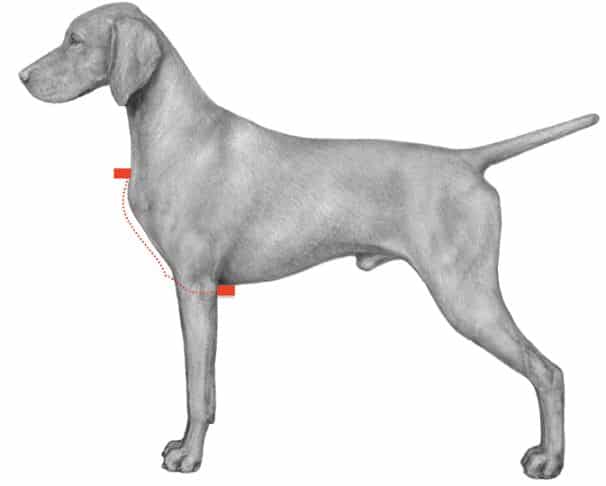
Vizsla Disqualifications are contained in four general areas: size, nose color, coat length, and white.
The breed has height preferences for male and female dogs. Male height at the top of the shoulder is preferred to be 22″ to 24″, but there is an allowable 1.5″ boundary up or down, providing for a total height range within the Standard of 20.5″ to 25.5″. The female preferred height is 21″ to 23″, with the same 1.5″ up or down allowable, which creates a total boundary of 19.5″ to 24.5″. The breed strives to maintain its moderate size. All things being equal, when judging the breed, the preference is to reward dogs within the preferred height boundary. However, this does not mean that judges should reward poorly constructed dogs within the height standard at the expense of a well-constructed dog that appears above 24″ and under 25.5″, for example, if it is a male dog. Judges trained in proper wicket examinations should be aware of the preferred and allowable heights as well as the height disqualifications.
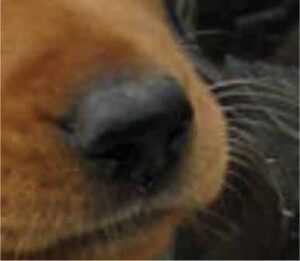
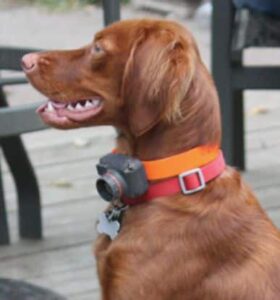
Vizsla Disqualifications are contained in four general areas: size, nose color, coat length, and white.
A black nose and long hair are fairly easy to determine in the breed. Just make sure that you are not penalizing darker freckles on the nose as a result of sun exposure. The accompanying photos on this page are examples of a black nose and long hair in the breed. Black noses and long hair are rare, but they can exist. Long hair, although rare, can show up in the breed. Long hair is silky and resembles that of the Irish Setter or Long-Haired Weimaraner.
The more difficult and challenging aspect relative to breed disqualifications is determining the acceptable [amount of] white. When it comes to white, there are boundaries, and any white outside of these boundaries is a disqualification. Anyone examining for white must have a full understanding of canine anatomy. Elbows, forechest, and toes are anatomical points used in determining boundaries for allowable white.
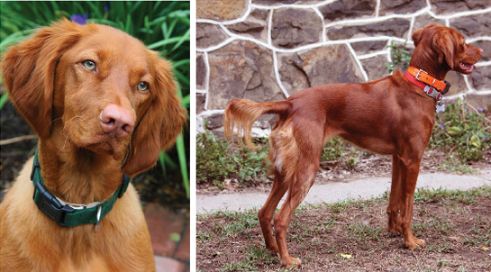
The easiest way to determine if white is extending outside the allowable boundary under the dog’s chest is to imagine taking a ruler and placing it under the dog from elbow to elbow. That point sets the allowable boundary for white extending down under the dog on the forechest. Any white extending beyond that point onto the dog’s underside is a disqualification.
The two most common areas where white appears are the forechest and feet.
The toe is comprised of three phalanges; distal, middle, and proximal. White extending beyond the proximal phalange is a disqualification. Understanding that the white boundary will not be a straight line, but follows the anatomical points of the bone structure, is important when evaluating whether or not the white is acceptable. The illustration on the following page denotes the white boundary on the toes.
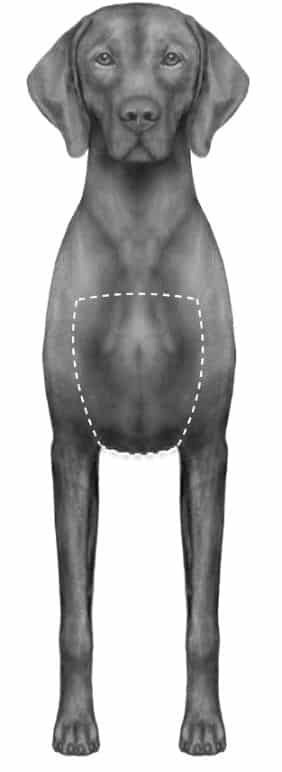
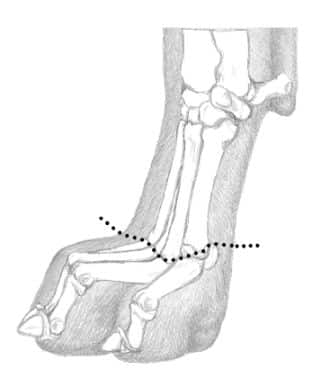
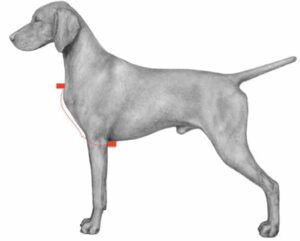
White must be contained in the horizontal and vertical boundaries established for the breed. When evaluating white on the forechest, the Standard allows for white to extend to the elbow. The forechest extends from the top of the sternum to the elbow, which defines the vertical boundary for white. The elbow is a specific anatomical bone, so understanding this skeletal component is critical to understanding the boundary. The easiest way to determine if white is extending outside the allowable boundary under the dog’s chest is to imagine taking a ruler and placing it under the dog from elbow to elbow. That point sets the allowable boundary for white extending down under the dog on the forechest. Any white extending beyond that point onto the dog’s underside is a disqualification. The sternum is also a precise anatomical point on the dog. The sternum should not be confused with the prosternum. The vertical boundary for white on the breed is the sternum. Any white extending above the sternum and onto the neck is a disqualification. The illustration above shows the allowable points on the dog in profile where white is acceptable.
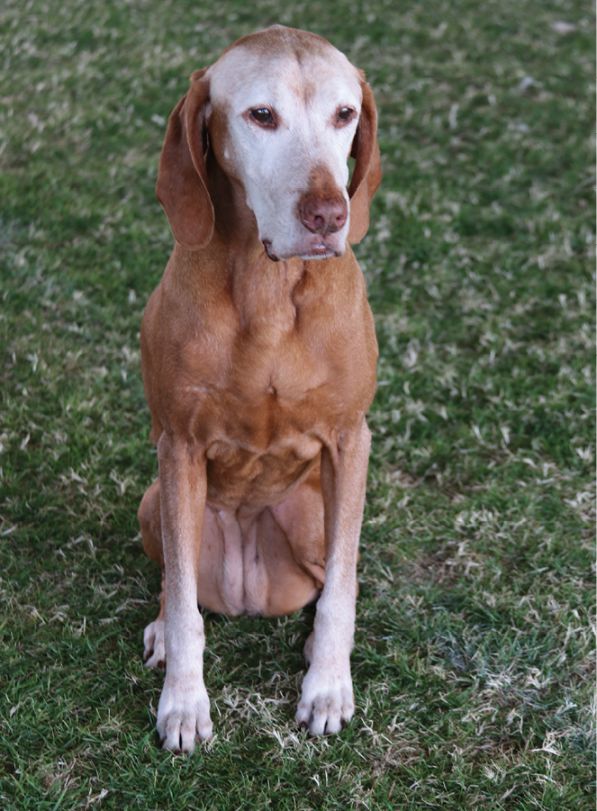
Anyone judging the breed should take these disqualifications seriously.
The other boundary of white on the chest deals with the horizontal boundary. White cannot extend onto the shoulders. This is where close attention needs to be paid to the prepositions used in the Standard. “On” defines that any white reaching the shoulder or neck is a disqualification. This requires any person examining the dog to have a full understanding of the canine shoulder anatomy and be able to accurately locate bone structure when determining the white boundary. Being able to take your hand and feel where the shoulder bone is, and seeing if white extends to that boundary, is critical to determining if a dog has a disqualification. The illustrations throughtout this article are visuals to help you identify the various disqualifications in the breed.
Anyone judging the breed should take these disqualifications seriously. The Vizsla Club of America holds two national field events annually; the VCA National Field Trial and the VCA National Gun Dog Championship. A requirement for any dog competing in these national events is that the dog must have passed a “Qualifying On The Line” examination by an approved AKC conformation judge, ensuring that the dog does not have any disqualifying conformation features. The VCA is one of only a few national parent clubs to take such measures to ensure that dogs are being bred appropriately and to the Breed Standard. We ask that judges in the show ring apply the same diligence relative to breed disqualifications that we do in the field.
Anyone needing more clarification or assistance in understanding these breed disqualifications, and how to properly locate and determine the boundaries, should contact the Vizsla Club of America Judges Education and read more at: http://www.vcaweb.org/download/VCA_Illustrated_Standard.pdf
